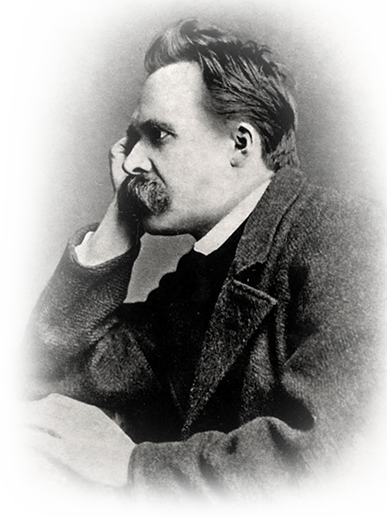[MA-219]
THE RELIGIOUS SOURCE OF THE NEWER MUSIC
Soulful music arose out of the Catholicism re-established after the Council of Trent, through Palestrina, who endowed the newly-awakened, earnest, and deeply moved spirit with sound; later on, in Bach, it appeared also in Protestantism, as far as this had been deepened by the Pietists and released from its originally dogmatic character. The supposition and necessary preparation for both origins is the familiarity with music, which existed during and before the Renaissance, namely that learned occupation with music, which was really scientific pleasure in the masterpieces of harmony and voice-training. On the other hand, the opera must have preceded it, wherein the layman made his protest against a music that had grown too learned and cold, and endeavoured to re-endow Polyhymnia with a soul. Without the change to that deeply religious sentiment, without the dying away of the inwardly moved temperament, music would have remained learned or operatic; the spirit of the counter-reformation is the spirit of modern music (for that pietism in Bach's music is also a kind of counter-reformation). So deeply are we indebted to the religious life. Music was the counter-reformation in the field of art; to this belongs also the later painting of the Caracci and Caravaggi, perhaps also the baroque style, in any case more than the architecture of the Renaissance or of antiquity. And we might still ask: if our newer music could move stones, would it build them up into antique architecture? I very much doubt it. For that which predominates in this music, affections, pleasure in exalted, highly-strained sentiments, the desire to be alive at any cost, the quick change of feeling, the strong relief-effects of light and shade, the combination of the ecstatic and the naive,—all this has already reigned in the plastic arts and created new laws of style: but it was neither in the time of antiquity nor of the Renaissance.
